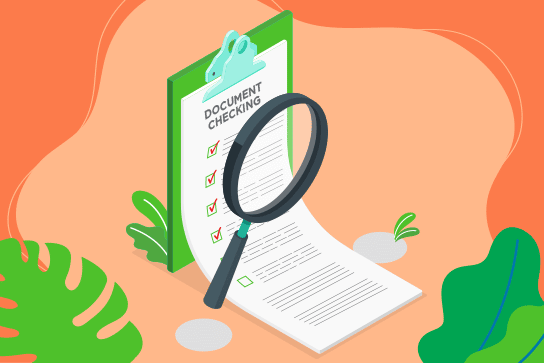LISTEN AUDIO
Last Updated on April 8, 2023 by Ozlinks Education
Subject: Prepare dishes using basic methods of Asian cookery
This unit code SITHASC001* describes the performance outcomes, skills and knowledge required to use a range of basic Asian cookery methods to prepare dishes.
The unit applies to hospitality and catering organisations that offer any type of Asian cuisine and to cooks who usually work under the guidance of more senior chefs. The unit may be applied to one or more Asian cuisines.
Elements and Performance Criteria.
Elements describe the essential outcomes. Performance criteria describe the performance needed to demonstrate achievement of the element.
1. Select ingredients.
1.1 Confirm food production requirements from food preparation list and standard recipes.
1.2 Calculate ingredient amounts according to requirements.
1.3 Identify and select ingredients from stores according to recipe, quality, freshness, and stock rotation requirements.
1.4 Check perishable supplies for spoilage or contamination prior to preparation.
2. Select, prepare and use equipment.
2.1 Select type and size of equipment suitable to requirements.
2.2 Safely assemble and ensure cleanliness of equipment before use.
2.3 Use equipment safely and hygienically according to manufacturer instructions.
3. Portion and prepare ingredients.
3.1 Sort and assemble ingredients according to food production sequencing.
3.2 Weigh and measure ingredients according to recipe requirements.
3.3 Prepare, cut and portion ingredients according to recipe and cooking style.
3.4 Minimise waste to maximise profitability of food items prepared.
4. Cook dishes.
4.1 Select and use cookery methods for Asian dishes following standard recipes.
4.2 Complete cooking process in a logical, planned, and safe manner.
4.3 Identify problems with the cooking process and take corrective action.
4.4 Work cooperatively with colleagues to ensure timely preparation of dishes.
4. Present and store dishes.
5.1 Present dishes on appropriate service-ware.
5.2 Add garnishes and accompaniments according to standard recipes.
5.3 Store dishes in appropriate environmental conditions.
5.4 Clean work area and dispose of or store surplus and re-usable by-products according to organisational procedures, environmental considerations, and cost-reduction initiatives.
Assessment Requirements.
Performance Evidence.
Evidence of the ability to complete tasks outlined in elements and performance criteria of this unit in the context of the job role, and:
- follow standard recipes to prepare dishes that demonstrate use of each of the following ingredients:
- dairy products
- dry goods
- eggs
- fruit
- general food items
- meat that is culturally appropriate
- poultry
- rice and farinaceous items
- seafood
- vegetables
- use at least eight of the following cookery methods and complete mise en place activities when preparing above dishes:
- baking
- barbecuing
- boiling
- braising
- deep-frying
- grilling
- oil and water blanching
- roasting
- shallow frying
- steaming
- stewing
- stir-frying
- prepare above dishes for at least six different customers:
- within commercial time constraints
- reflecting required quantities to be produced
- following procedures for portion control and food safety practices when handling and storing different Asian food types
- responding to special customer requests and dietary requirements.
Knowledge Evidence.
Demonstrated knowledge required to complete the tasks outlined in elements and performance criteria of this unit:
- major food types and their characteristics:
- dairy products
- dry goods
- eggs
- fruit
- general food items: batters, coatings, condiments and flavourings, garnishes, oils, sauces
- meat that is culturally appropriate
- poultry
- rice and farinaceous items
- seafood
- vegetables
- how the major food types are used in different Asian dishes and the effects of different cookery methods on them.
- essential culinary terms in, and key principles and practices of, the cookery methods described in the performance evidence.
- contents of stock date codes and rotation labels.
- safe operational practices using essential functions and features of equipment used in the above cookery methods.



